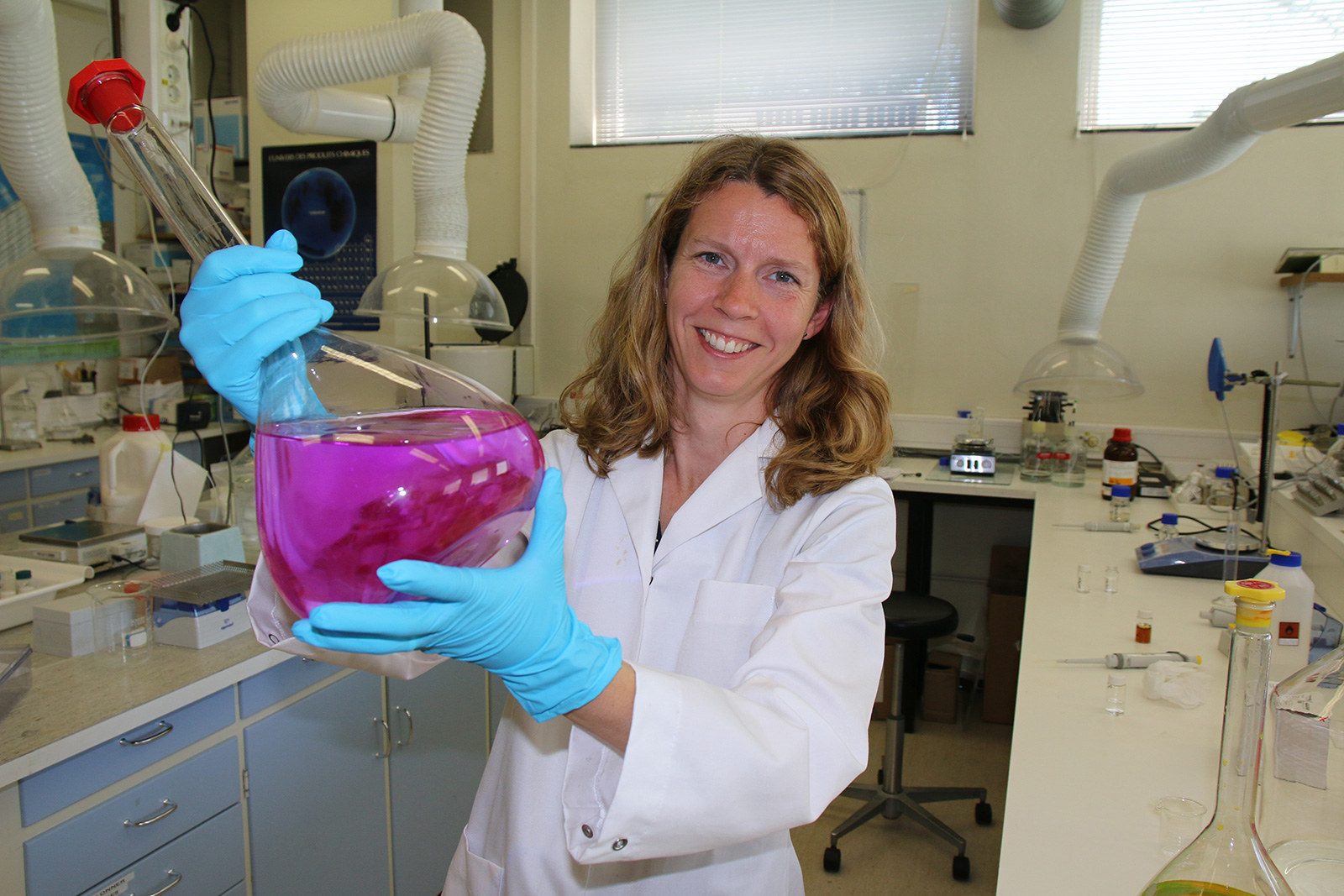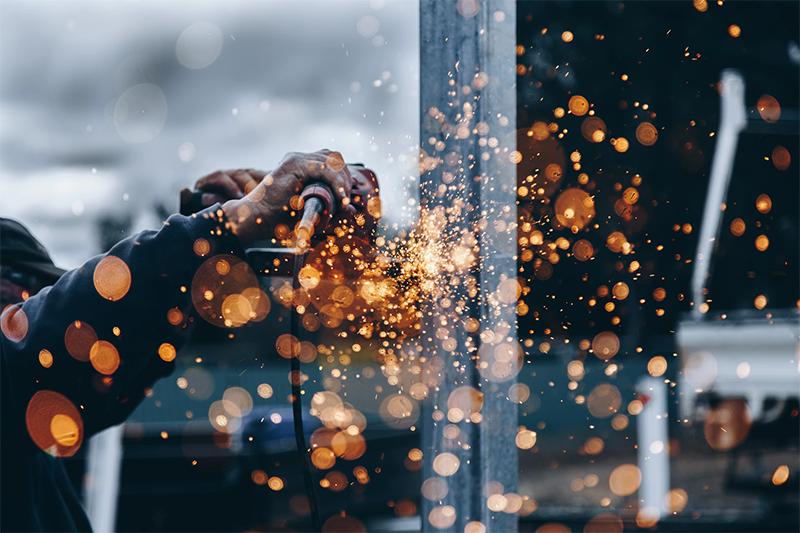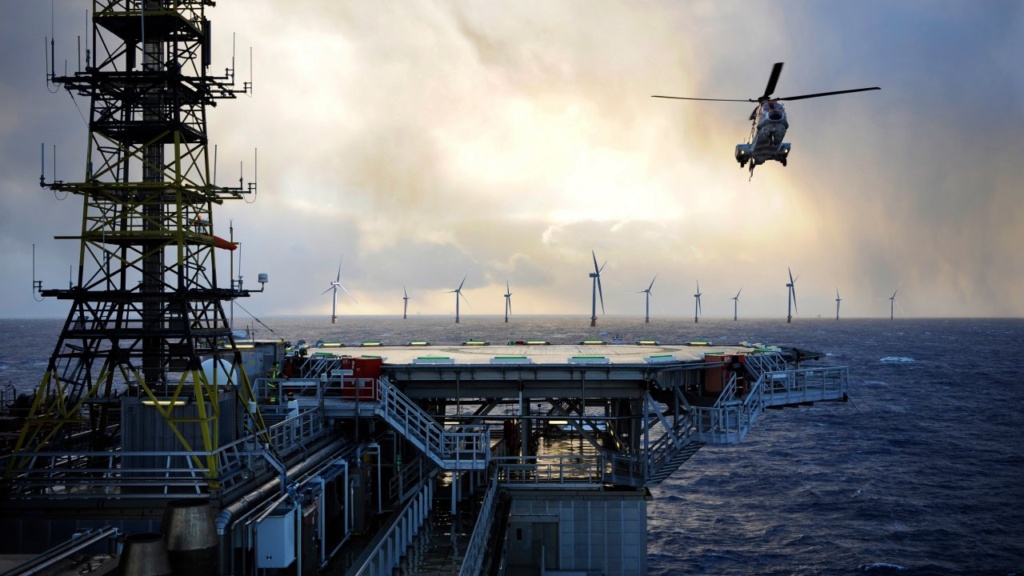
POREX is one of four projects that were granted funding from the Research Council of Norway’s PETROMAKS2 programme in the call for proposals for ‘groundbreaking research ideas’. The project is headed by the Institute for Energy Technology (IFE), with the International Research Institute of Stavanger IRIS (now the Norwegian Research Centre NORCE) participating as a research partner. The oil company Lundin has an advisory support role.
The aim of the POREX project is to take the laboratory down into the well, and to conduct tracer tests and analyses ‘in situ’, in the oil field. This can provide a radically improved basis for decisions on the development of the field, including the choice of extraction methods.
If the project is successful, this may mean increased oil recovery from the various fields, more accurate measurement of remaining oil deposits, and both economic and environmental benefits in the shape of more energy-efficient operations and reduced use of chemicals to boost the recovery rate.
‘This is innovative pioneering work, and it means there’s greater room for uncertainty,’ says Sissel Opsahl Viig, project manager and senior researcher in the Tracer Technology Department.
‘It’s a completely new concept, representing something that’s never been done before – so success isn’t guaranteed. But we have faith in our idea, and if we succeed, it will be a major achievement,’ she adds.
IFE in the forefront of tracer technology
IFE has comprehensive activity in the development and use of tracer technology for the petroleum industry. One of the main areas is the use of tracers to map fluid flow in the reservoirs. The tracers are added to injection water or gas and are measured in one of the nearby production wells.
Over the last 40 years, IFE has developed a large range of tracers for use in countless contexts in the industry. In the last 20 years, the focus has been on different applications in the oil and gas industry, and the extraction of oil and gas in particular.
The tracer technology developed by IFE is an important, cost-effective contribution to better understanding of reservoirs. It makes it possible to optimise production, and thereby achieve maximum profit from the fields.
Current methods
The methods currently employed in estimating oil saturation in a field entail testing samples of reservoir rock from the field and analysing them in laboratories onshore. Attempts are then made to recreate conditions in the field artificially. However, many factors are different. For example, pressure, temperatures and chemistry are affected by the changed surroundings on land compared with those in the reservoir.
Viig explains that by taking the laboratory down into the well, analyses can be carried out that are adapted to the specific conditions in the individual fields. She adds that the individual fields can have very different characteristics, chemistry, pressure, temperatures etc. For this reason, it is expedient to determine the best-suited extraction method for each field at the earliest possible stage.
What’s new?
What will you do that’s different from the tracer methods you’re currently using in the laboratories?
‘We must design new tracers that differ from those we use today. Usually they will move from one well to another, covering considerable distances. Now we need tracers that only move in a restricted area. We must design completely new tracers with suitable properties that we can measure in a small area. We must also be able to find them again and measure them in the field.’
Fluorescence is an important keyword here, says Viig.
During the last five years, IFE’s researchers have developed various tracers with fluorescent or luminescent properties. These are very easy to detect and measure, and show good sensitivity. Our researchers therefore believe that these will be particularly suited for further development in this project.
Has your project been rejected? Don’t give up!
According to Viig, this project clearly illustrates how important it is not to give up if you have a good idea.
She says that they applied three times on the basis of practically the same concept before they finally succeeded and were granted funding for the project on the fourth attempt.
‘The first time it was submitted as a groundbreaking research idea. Then we applied twice in the category ‘Knowledge-building Project for Industry’. On the fourth attempt, funding was granted under the PETROMAKS2 programme in the call for proposals for ‘groundbreaking research ideas,’ she says.
In this process, they took into account all input, suggestions for improvement and feedback from the previous application rounds, and worked in a targeted manner towards developing and improving their application.
‘If you have faith in your idea, the moral of this story is clear: Don’t give up! Absorb the criticism, work purposefully and systematically to improve the application, and submit it again,’ she says with a smile.
Facts about the POREX project:
- The abbreviation POREX stands for ‘Potential oil recovery derived from exploration wells’.
- One of four projects granted funding under the Research Council of Norway’s PETROMAKS2 programme in the call for proposals for ‘groundbreaking research ideas’.
- The project is based on IFE’s unique competence in tracer technology.
- IFE heads the project, and IRIS (now part of the Norwegian Research Centre NORCE) participates as a research partner. The oil company Lundin has an advisory support role.
- The three-year project has a value of NOK 9 million. IFE, which will conduct most of the research work, will receive NOK 8 million of the budget, while IRIS, which will provide the simulations, will receive around NOK 1 million.
- Researchers from both the Tracer Technology Department and the Process and Fluid Flow Technology Department will contribute.
- Kick-off for the project is autumn 2018.
IFE is in the forefront of tracers and tracer development:
- IFE has comprehensive activity in the development and use of tracer technology for the petroleum industry.
- One of the key areas is the use of tracers to map fluid flow in the reservoirs. The tracers are added to injection water or gas and are measured in one of the nearby production wells.
- Over the last 40 years, IFE has developed a large range of tracers for use in countless contexts in the industry.
- The tracer technology developed by IFE is an important, cost-effective contribution to better understanding reservoirs. It makes it possible to optimise production, and thereby achieve maximum profit.
- Tracer methods are used to find out the extent of remaining oil deposits in a field, and to ascertain how this oil can best be extracted.
- IFE is a research partner in the National IOR Centre of Norway, which conducts research on methods of improved oil recovery (IOR). The Centre is a research centre under the PETROMAKS2 programme, and is headed by the University of Stavanger with IFE and IRIS as research partners.
- In the spring, the IOR Centre received approval in the RCN’s mid-term evaluation and will therefore continue for three more years, making a total of eight years altogether.
Contact: Sissel Opsahl Viig (Avd. SPORSTOFF)
Related news
-

13. June 2020
IFE research partner in new centres for research driven innovation
The Research Council invests over NOK 2 billion in new centers for research-driven…
-

11. March 2019
Equinor Hywind Tampen – Human Factors
Equinor will, through the Hywind Tampen project, replace electrical energy generated by…